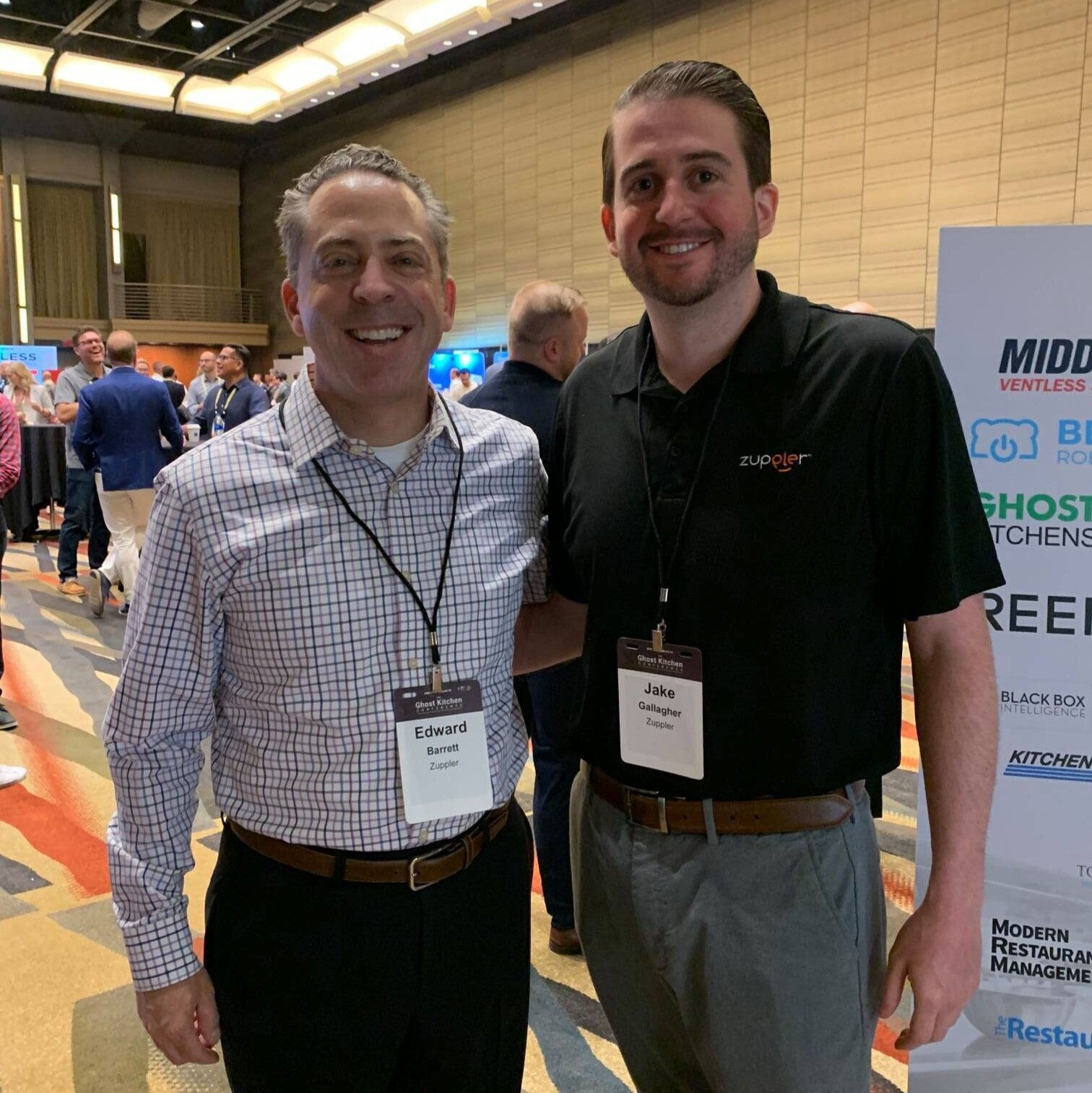Lessons learned from the Ghost Kitchen Conference
Off-premises dining is not new. Domino’s Pizza was founded in 1960 and has only offered delivery and pickup for the past 60 years.
Interest, however, is at an all-time high. Ghost kitchens, virtual brands and delivery are the hottest topic in the restaurant industry right now. That is why 200 professionals gathered recently for the inaugural Ghost Kitchen Conference in Dallas. Speakers talked about successful ghost kitchen approaches, the best ways to develop a digital brand and other topics.
Ghost kitchens, where the location of the kitchen is unknown, first emerged as a business model in the 1990s with the development of online ordering, but growth was accelerated with the pandemic. A huge number of ghost kitchens have opened across the country over the last year, and virtual brands like MrBeast have been overnight successes.
Many of the changes to the restaurant industry during the pandemic are expected to be permanent, according to presenters at the conference. Euromonitor estimates that ghost kitchens could be a $1 trillion industry by 2030. And, according to a presentation from Bolt Kitchens, ghost kitchens are expected to occupy 22 million square feet of kitchen space by 2022, and there are already an estimated 100,000 virtual brands in the US.
Key takeaways from the conference:
• Ghost kitchens give chefs and restaurateurs the ability to test and iterate a concept. The fixed costs are low, and a brand can try different menu options and decide what works and what does not work. The menu and concept can be adjusted and adapted quickly without incurring huge brick and mortar costs.
• Online ordering is not a fad even if the industry has been slow to adopt technology. Yes, there has been some pullback of online ordering as the country has opened back up, but customers enjoy the convenience of online ordering. The trend will continue, and customers are expecting restaurants to have a robust online ordering system.
• Off-premises food must be as good or better than in-person dining. Customer satisfaction is consistently lower for off-premises dining when compared to in-person dining. Delivery ranks the lowest, but satisfaction is low for carry-out as well. Too often food from a ghost kitchen is cold or does not hold up well during the delivery process. The menu must be designed in a way that allows the food to be presented well and the taste must be excellent.
• There is lots of room for growth in virtual brands and ghost kitchens. The key is creating a great product and making sure that margins are good enough to sustain the business. Investors are looking for opportunities in the ghost kitchen market, but the concept must have a road to profitability.
• Labor costs are a challenge across the restaurant industry and delivery is no different. Are people willing to pay more for the cost of delivery? Does that mean people will order less expensive food from a ghost kitchen than a restaurant? There are a lot of unknowns.
• Technology integration is important. Everything along the customer journey must work well together, from online ordering to kitchen operations and delivery. That means a virtual brand or ghost kitchen must invest in technology.
• Marketing a virtual brand can be challenging. With no brick-and-mortar locations, customer acquisition can be more difficult. That is why some virtual brands depend on third-party delivery apps and their huge customer base.
• Customer engagement and feedback is different with a ghost kitchen or virtual brand. Unlike a restaurant, virtual brands and restaurants, where customers can give in-person feedback to the business, all communication with a virtual brand is done online. That is why owning customer data and finding ways to communicate with customers is important with virtual brands and ghost kitchens.
Interested in learning more about Ghost Kitchens?
Connect with one of our dedicated specialists >>

